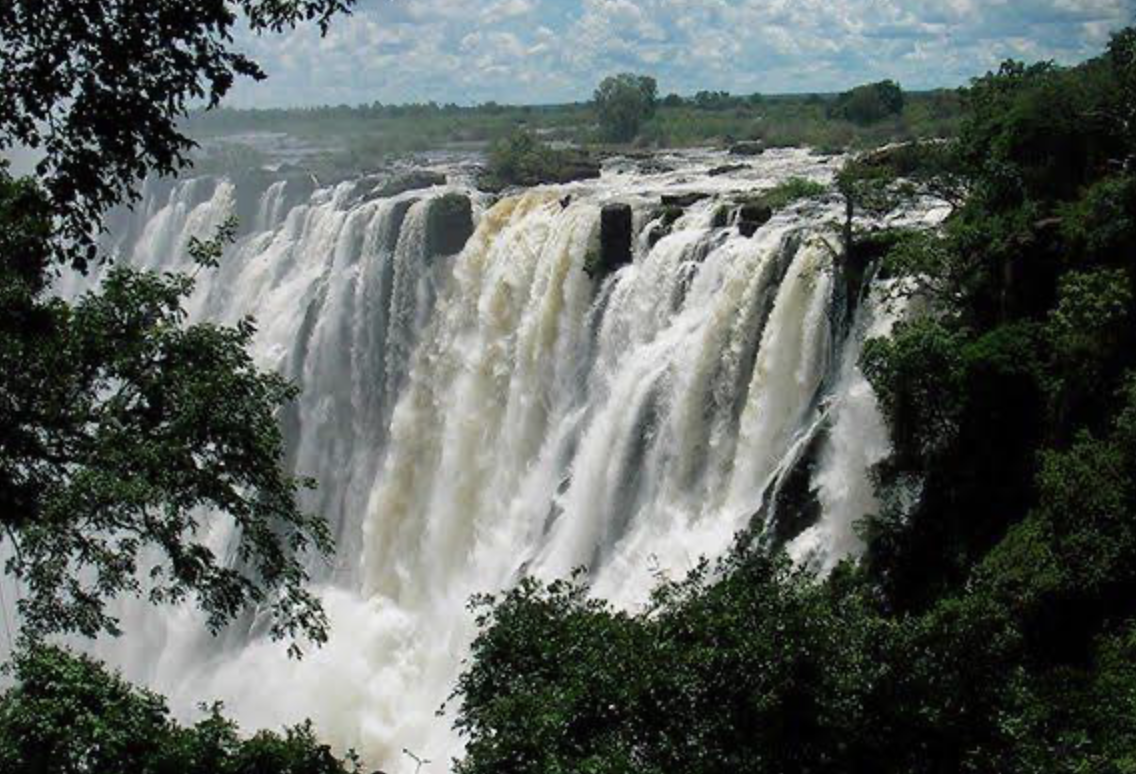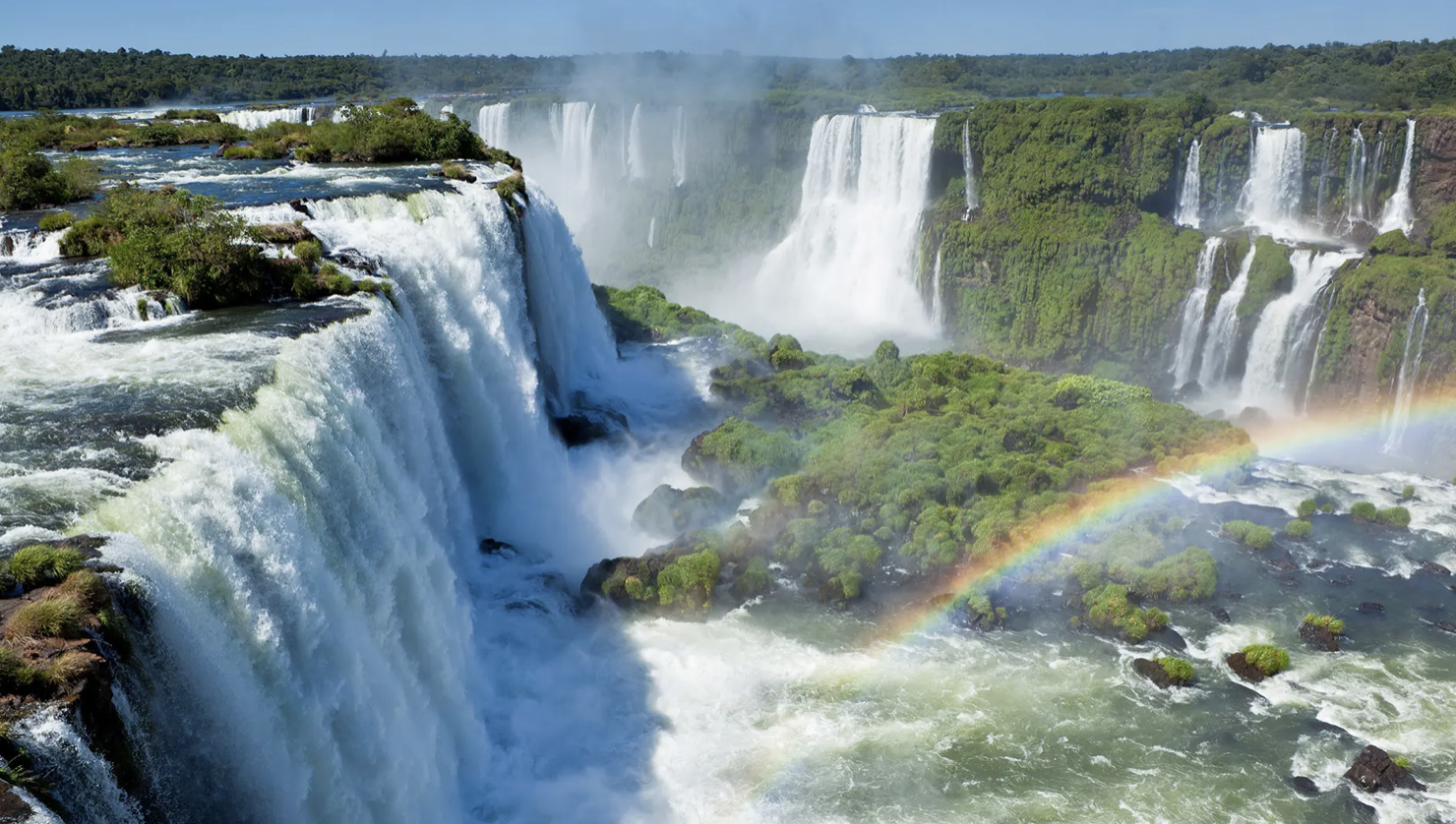🌍 The World’s Biggest Waterfalls — But None Hit Like Niagara Falls
When most people think of “the biggest waterfall in the world,” they picture Niagara Falls — and for good reason. Its power is undeniable. But did you know that while Niagara is among the top waterfalls in the world in terms of volume, it’s not the tallest or even technically the largest?
Let’s take a global tour:
🌊 Top Waterfalls by Volume
1. Inga Falls (Congo River, DR Congo)
💧 ~1,500,000 cubic feet per second (cfs) — vast rapids, more like a violent staircase than a single fall. Remote and inaccessible.
2. Boyoma Falls (DR Congo)
💧 ~600,000 cfs — a chain of seven cataracts over 60 miles. Impressive, but not a single dramatic drop.
3. Niagara Falls (USA/Canada)
💧 ~85,000 cfs average (up to 100,000+ during peak).
A concentrated, thunderous spectacle that’s drawn explorers, lovers, daredevils, and visionaries for centuries.
4. Iguazú Falls (Argentina/Brazil)
💧 62,000–100,000 cfs across 275 drops — vast and ethereal.
5. Victoria Falls (Zambia/Zimbabwe)
💧 38,000–300,000 cfs depending on season — long and tall, but highly variable.
⛰️ Tallest Waterfalls in the World
Angel Falls (Venezuela) – 3,212 feet
Tugela Falls (South Africa) – 3,110 feet
Yosemite Falls (USA) – 2,425 feet
Angel Falls
Tugela Falls
Yosemite Falls
These are spectacular — but often seasonal, remote, or invisible in mist. You can’t stand at their feet and feel their heartbeat the way you can at Niagara.
⚡ Niagara Falls: Where Water Became Power
Niagara isn’t just beautiful — it’s historically revolutionary.
In the late 1800s, as the Industrial Revolution surged forward, it was Niagara Falls that first transformed water into usable electrical power on a grand scale.
At the heart of that transformation was Nikola Tesla, who, alongside George Westinghouse, harnessed the mighty Niagara to create the world’s first large-scale alternating current (AC) hydroelectric plant. This changed everything.
It lit up Buffalo. Then New York. Then the world.
Niagara became the birthplace of modern electricity — a symbol of human innovation powered by natural wonder.
🇺🇸🇨🇦 A Borderland of History
Niagara isn’t just a waterfall — it’s a crossroads of American and Canadian history.
It was a strategic battleground during the War of 1812, where American and British forces (along with Indigenous allies) fought for control of the continent.
It hosted Frederick Douglass, Harriet Tubman, and the countless freedom seekers of the Underground Railroad.
It became a backdrop to presidential visits, honeymooners, and Cold War spies.
Niagara Falls is woven into the fabric of two nations — a place of peace that once witnessed war, a natural wonder straddling an international line.
🔭 Nothing Like It Under the Stars
Stand at the edge of Niagara on a clear night, and you’ll understand something profound.
The moonlight casts silver fire across the mist.
The roar echoes like the pulse of the Earth.
And the Milky Way hangs overhead like an old storybook, waiting to be read again.
It’s not just scenic.
It’s celestial.
Niagara is a place where geology meets mythology — where raw power meets human imagination.
💥 Final Thought
Other waterfalls may be taller, some may be wider, and a few, in remote jungles and ravines, may even move more volume — at least for part of the year.
But none have Niagara’s combination of:
Raw power
Historical significance
Accessibility
Natural beauty
Global symbolism
From Tesla’s turbines to starlit nights, from ancient glaciers to electric lights, Niagara Falls is more than a waterfall.
It’s a monument to time, to nature, to power — and to us.









